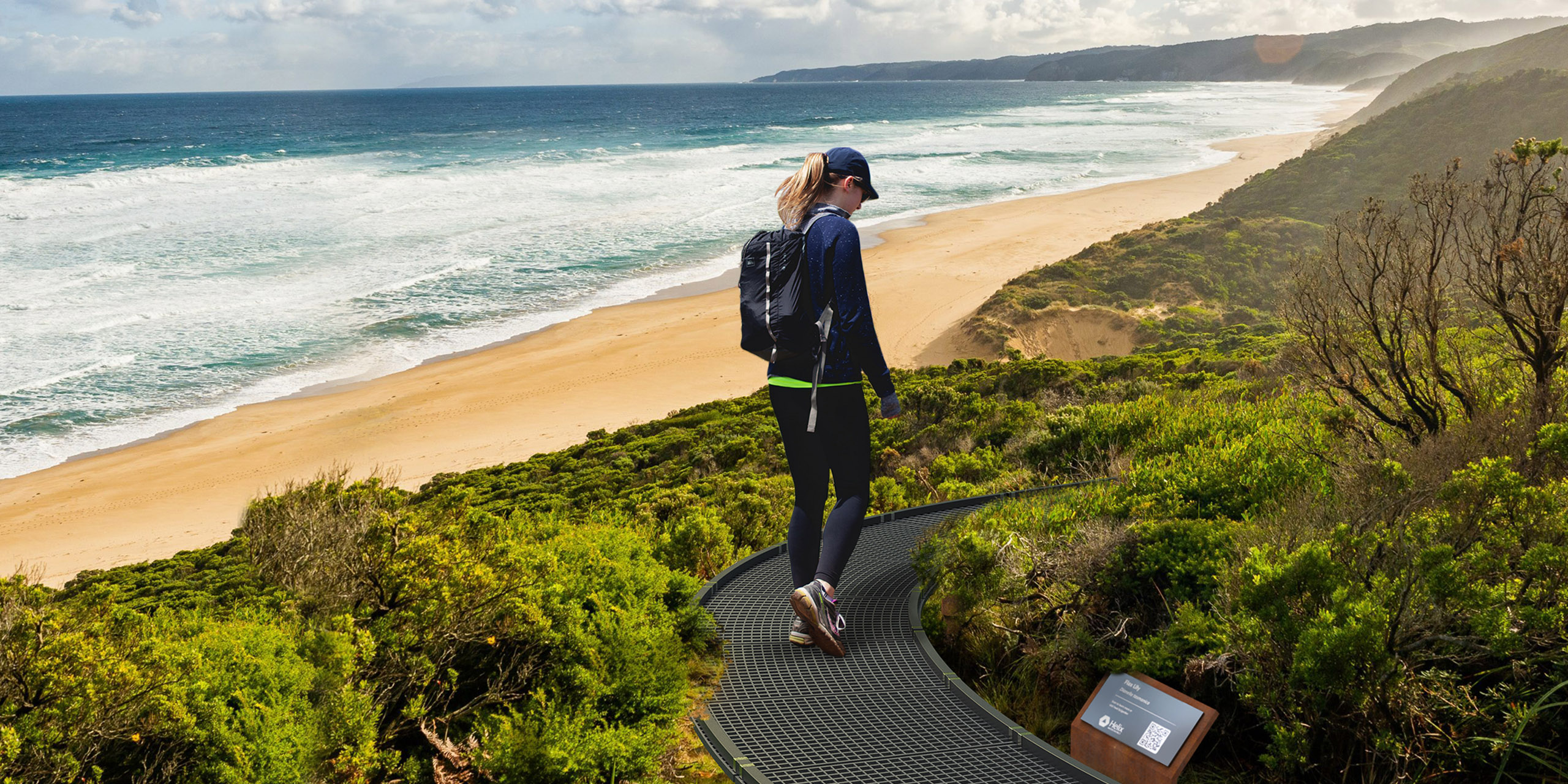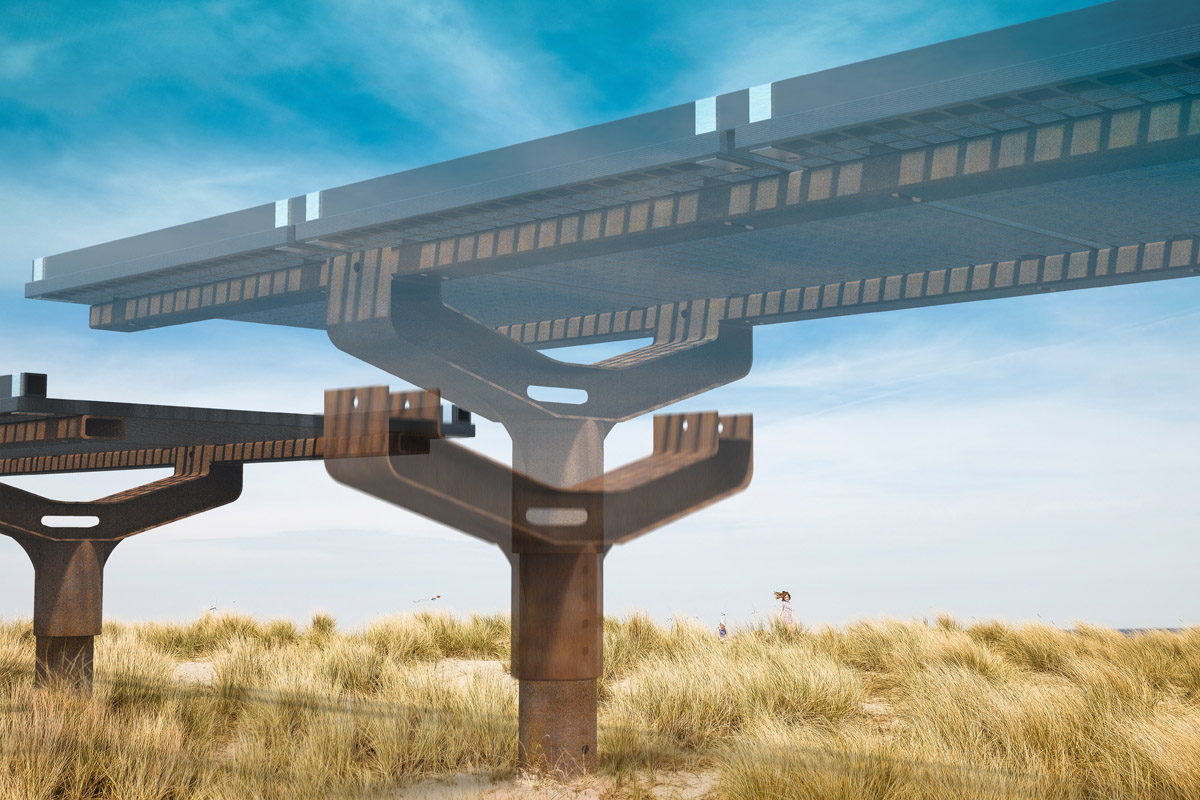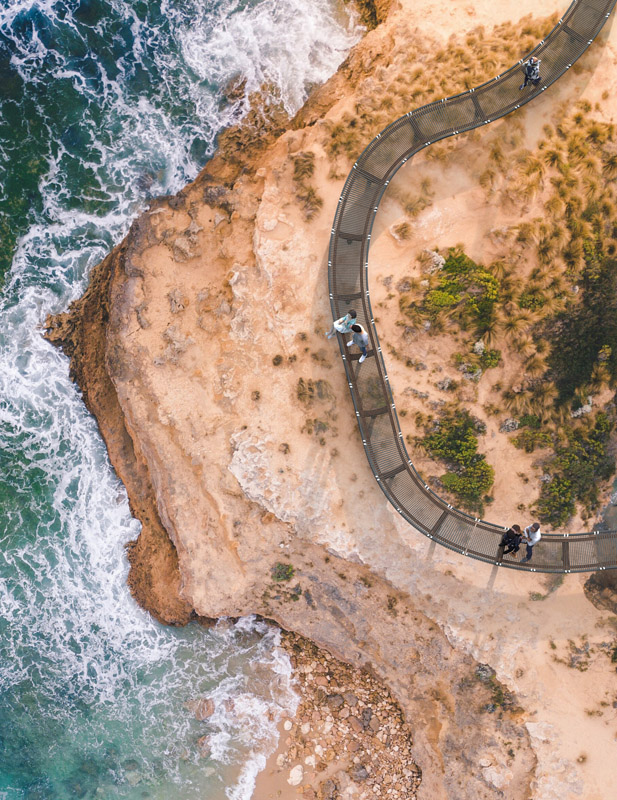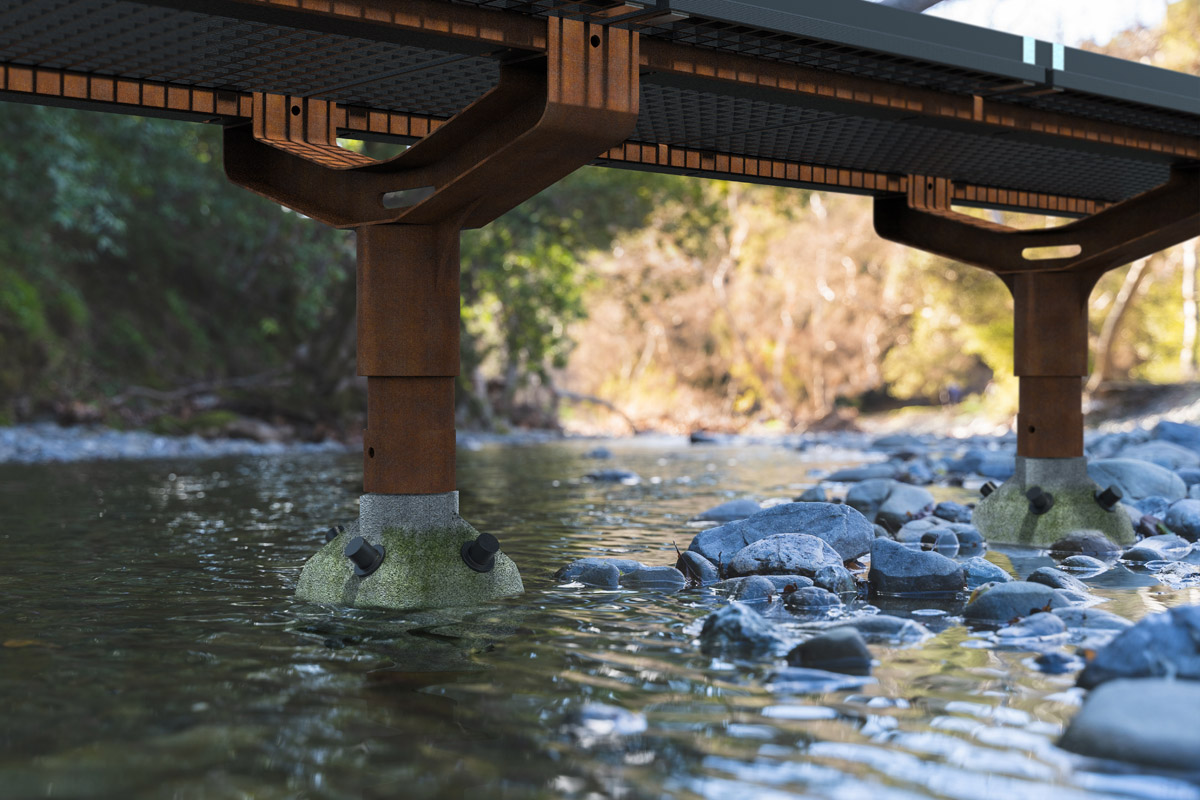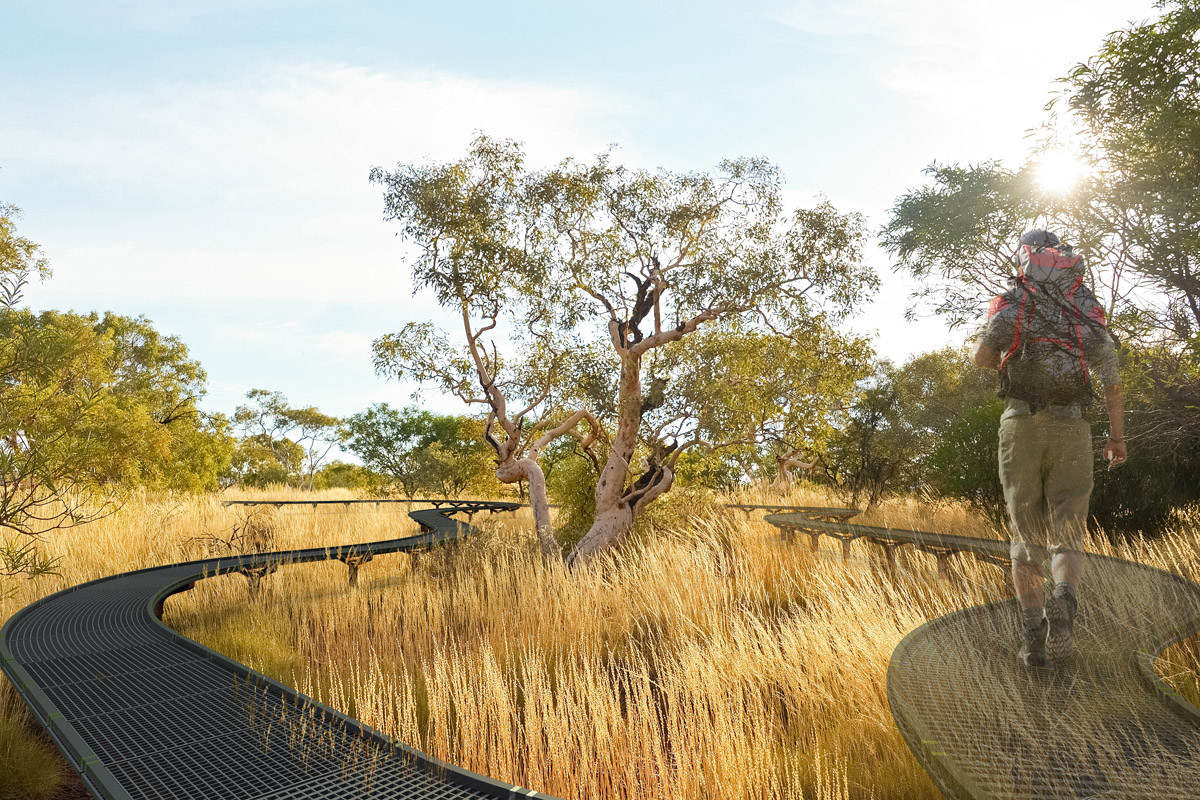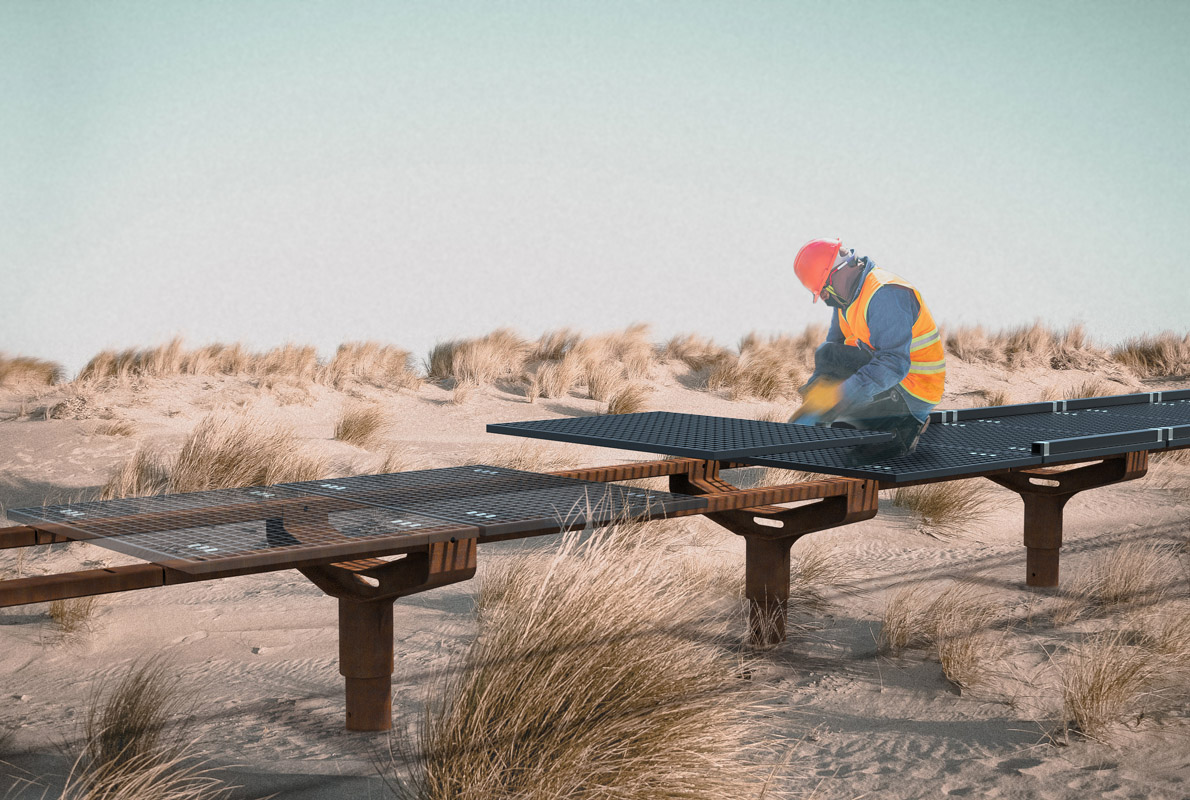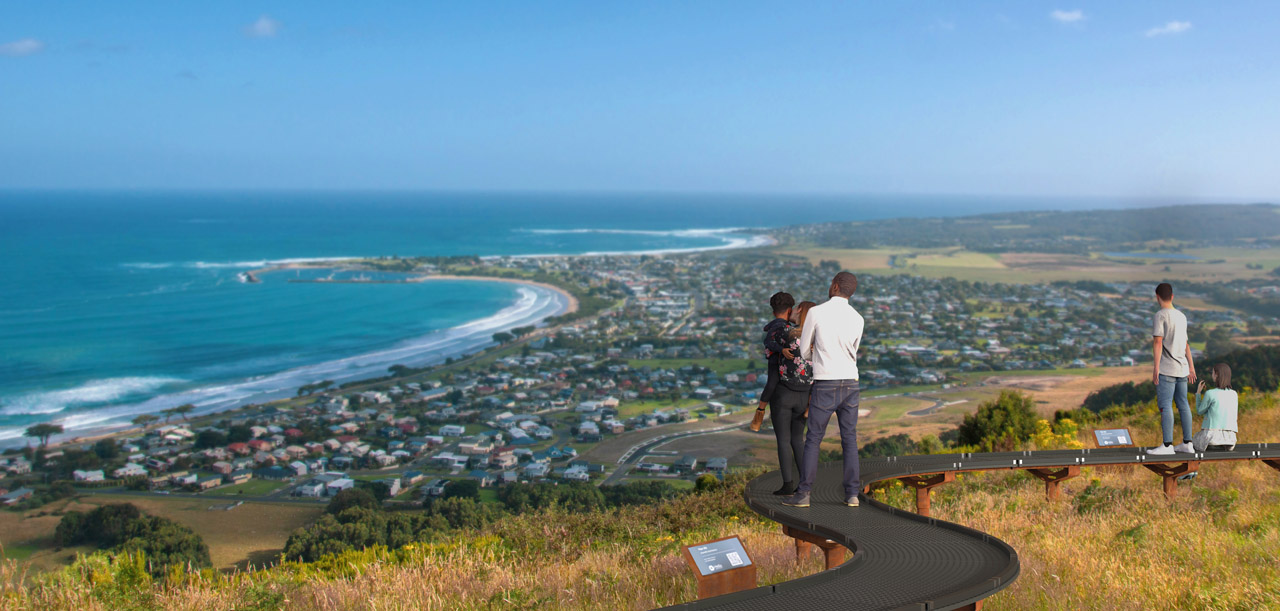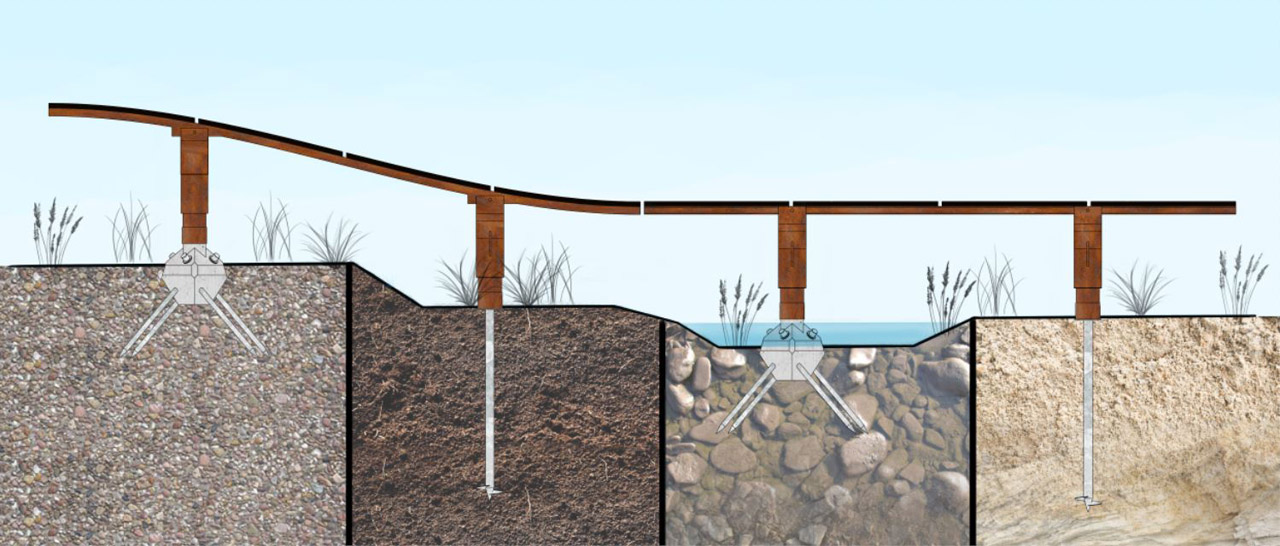As a final year thesis project, the design process has been extensive. A literature review, citing peer-reviewed journal articles was undertaken to understand the effects of tourism on coastal environments, as well as identifying a framework for shifting tourism towards a regenerative approach.
When the effects of foot traffic on vegetation was clearly identified, primary research was undertaken to identify how users were interacting with the natural environment around them when travelling on foot. Ethnographic observational research at key high-volume walking tracks, as well as data mining on Instagram was undertaken.
The aim was to gain an understanding of which areas people were visiting, where they were coming from and for what purpose they were visiting. As well as this, valuable insights were gained regarding what attracted them to the region. This helped greatly in understanding what patterns and movements of the visitors were contributing to the unsustainable tourist practices in the region.
Interviews were conducted to gain more detailed insight into a variety of regular users of walking trails to identify what their current habits were and what their views on what impact excessive visitation is having on the landscape. Interviews with tourism coordinators and economic development coordinators from the Surf Coast Shire and Colac Otway Shire were conducted to gain their perspective on what problems the region is currently facing on tourism and environmental fronts.
Through extensive ideation, material investigation and prototyping, feasible ideas were crafted into concepts which met the design brief. With sustainability at the forefront of the design, rigorous assessment and concept critique was regularly undertaken to ensure the project stayed true to the ideals of the brief, not only meeting them but surpassing them.

